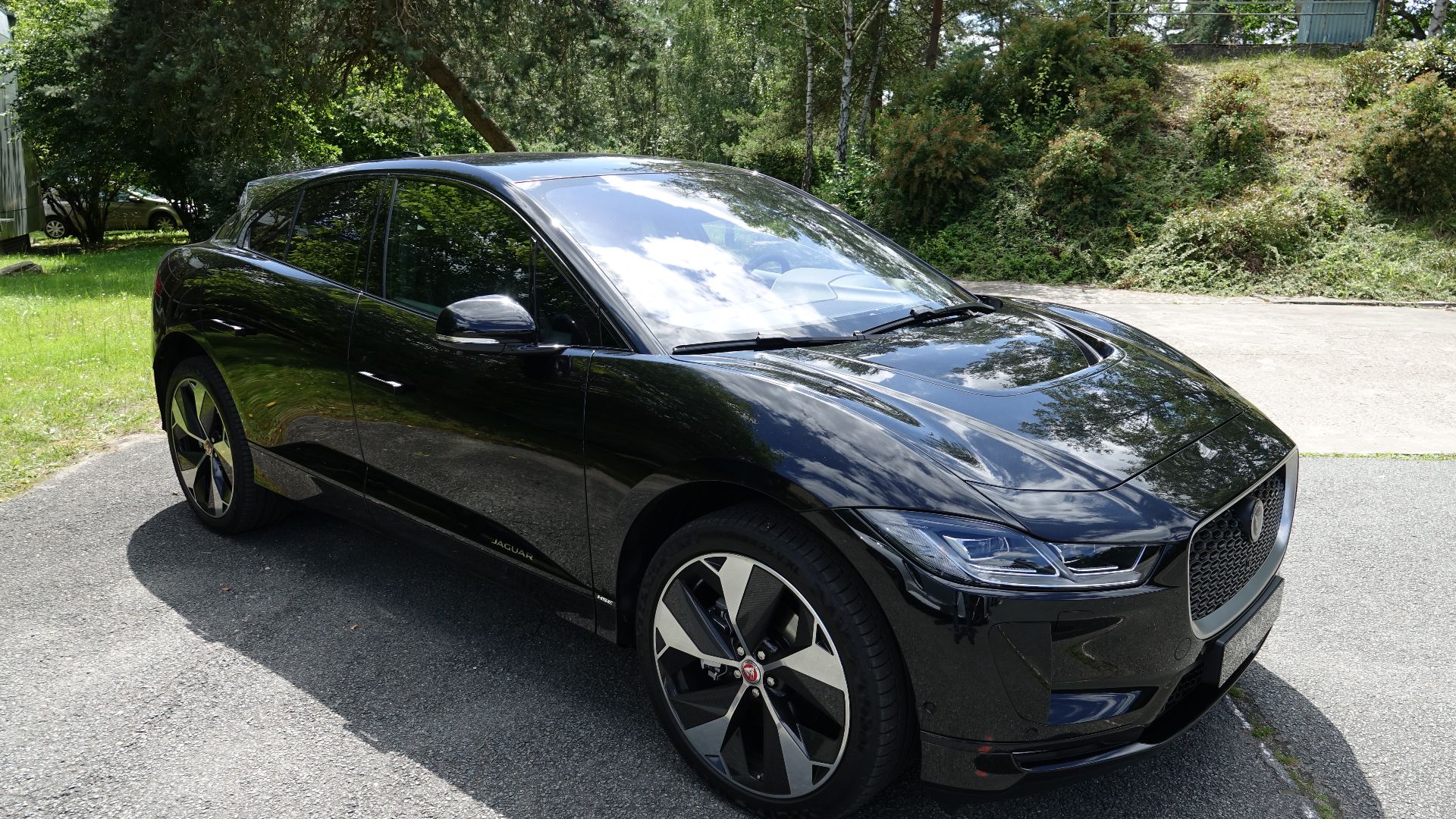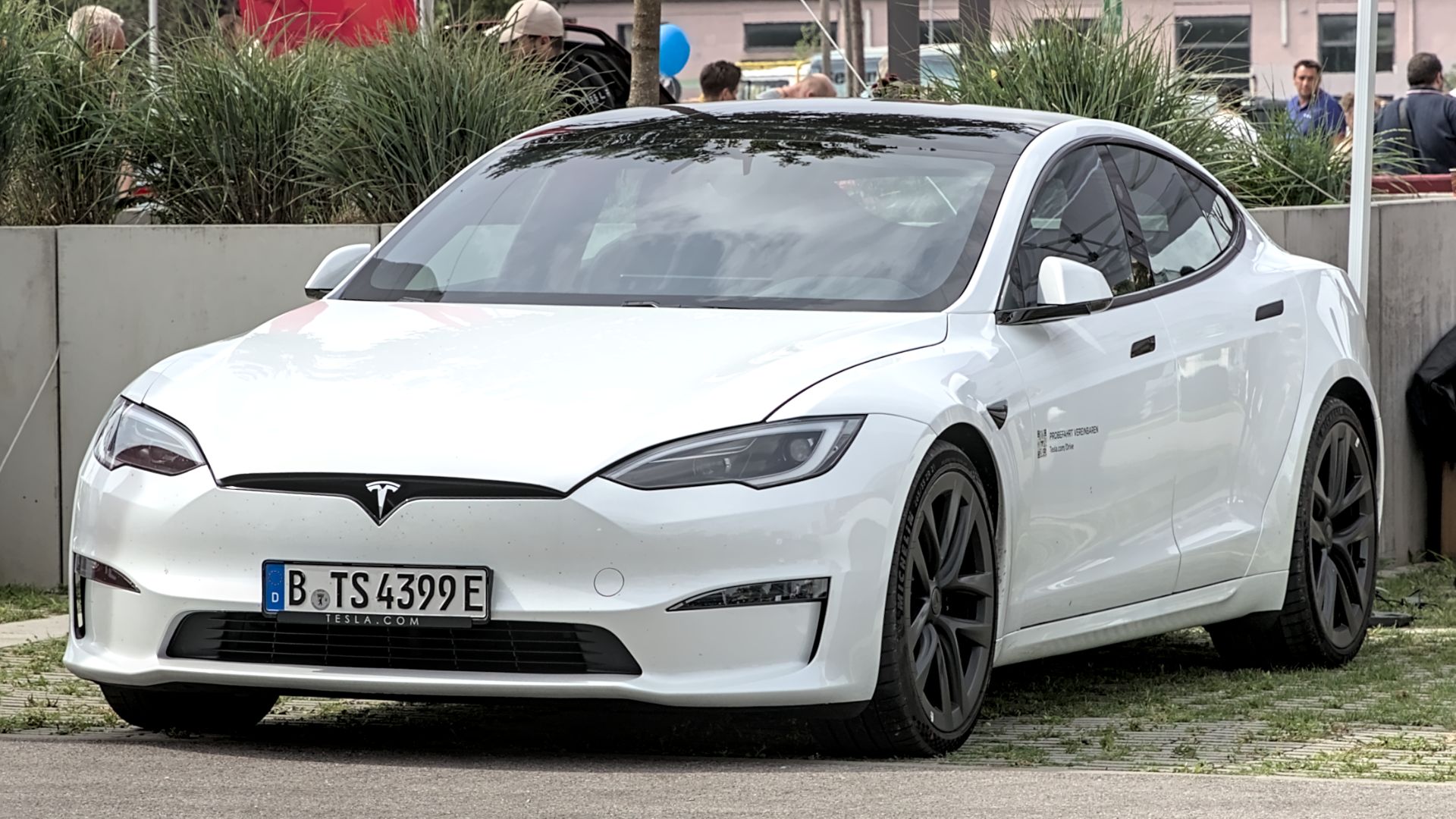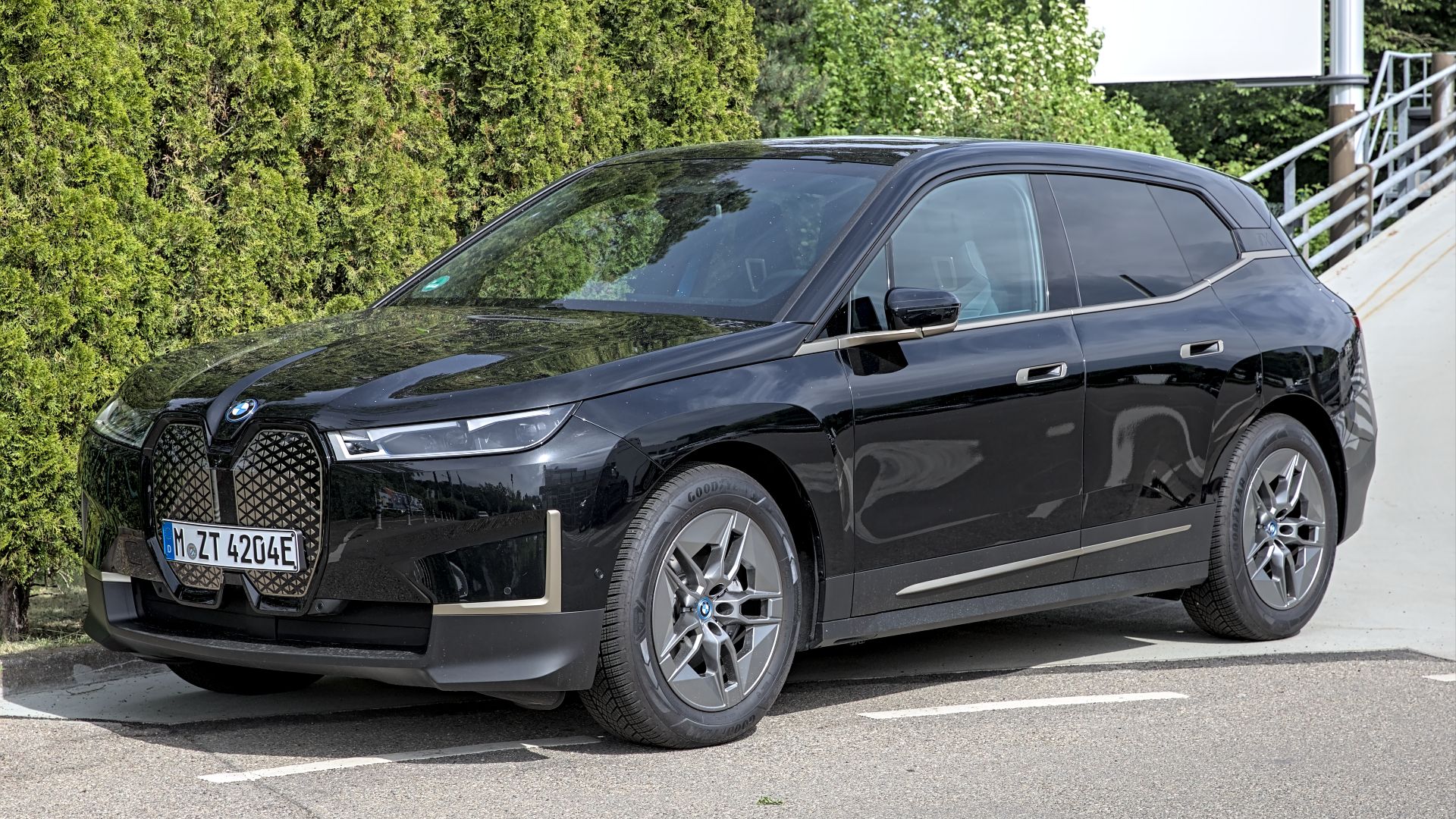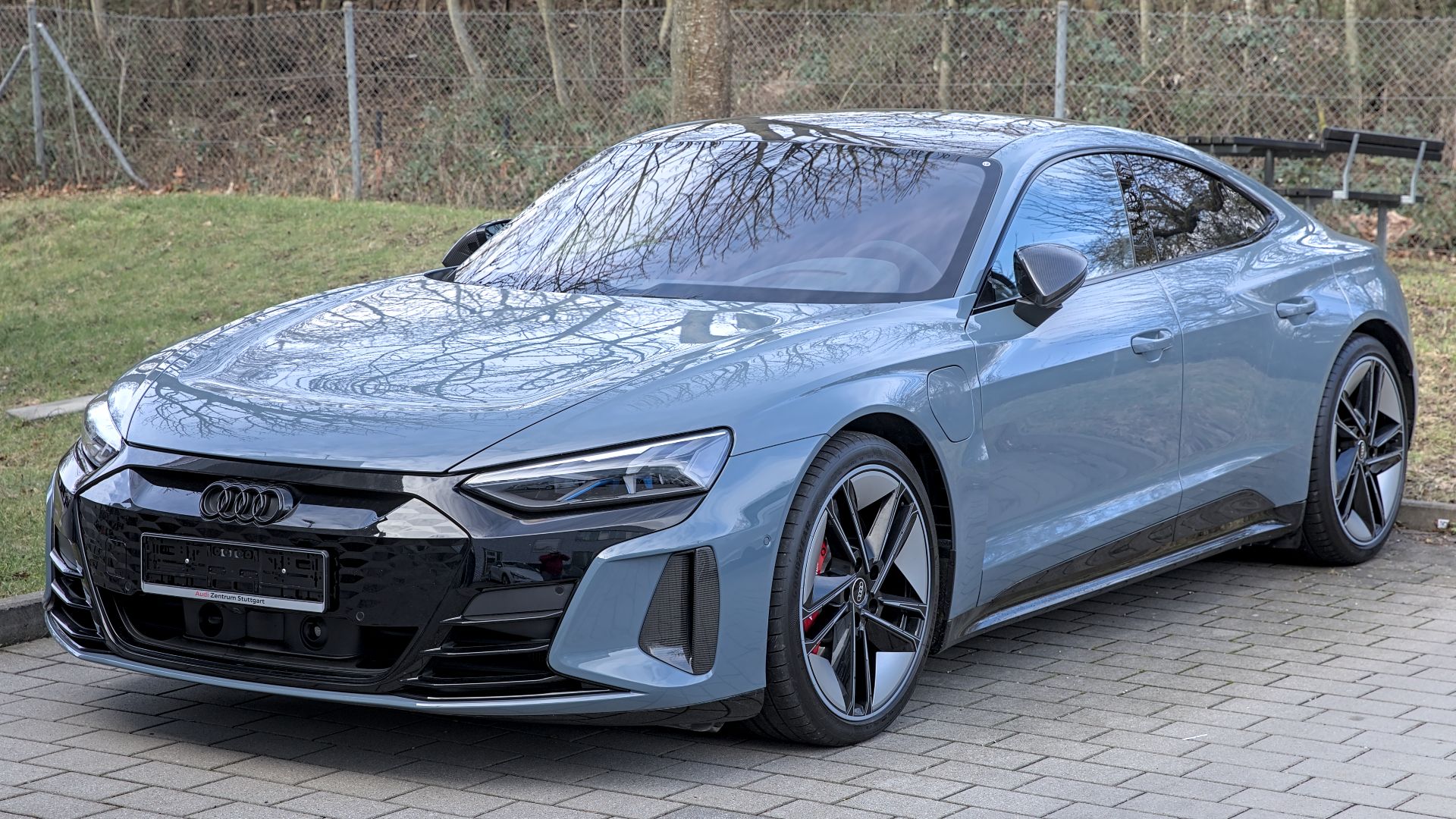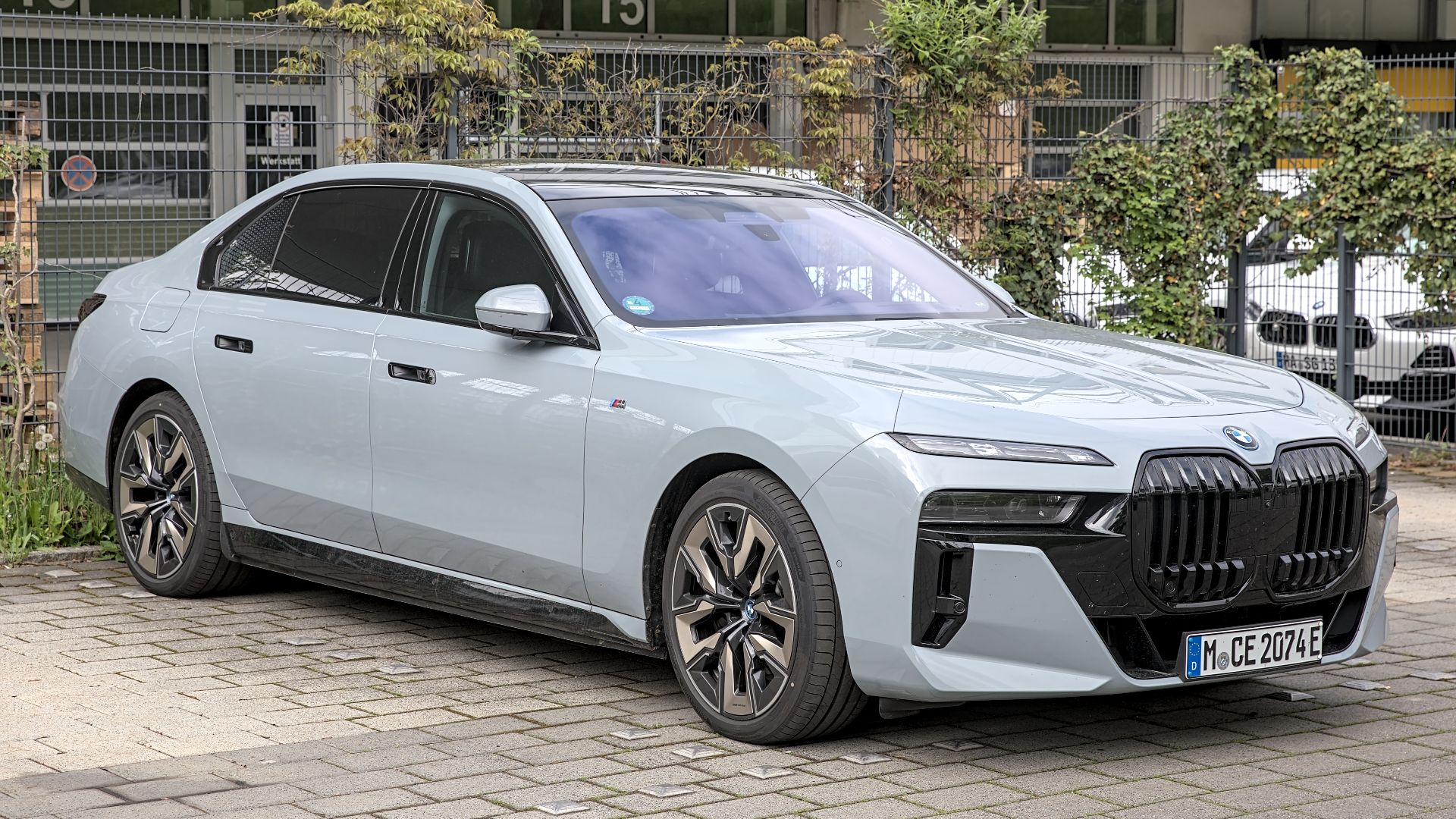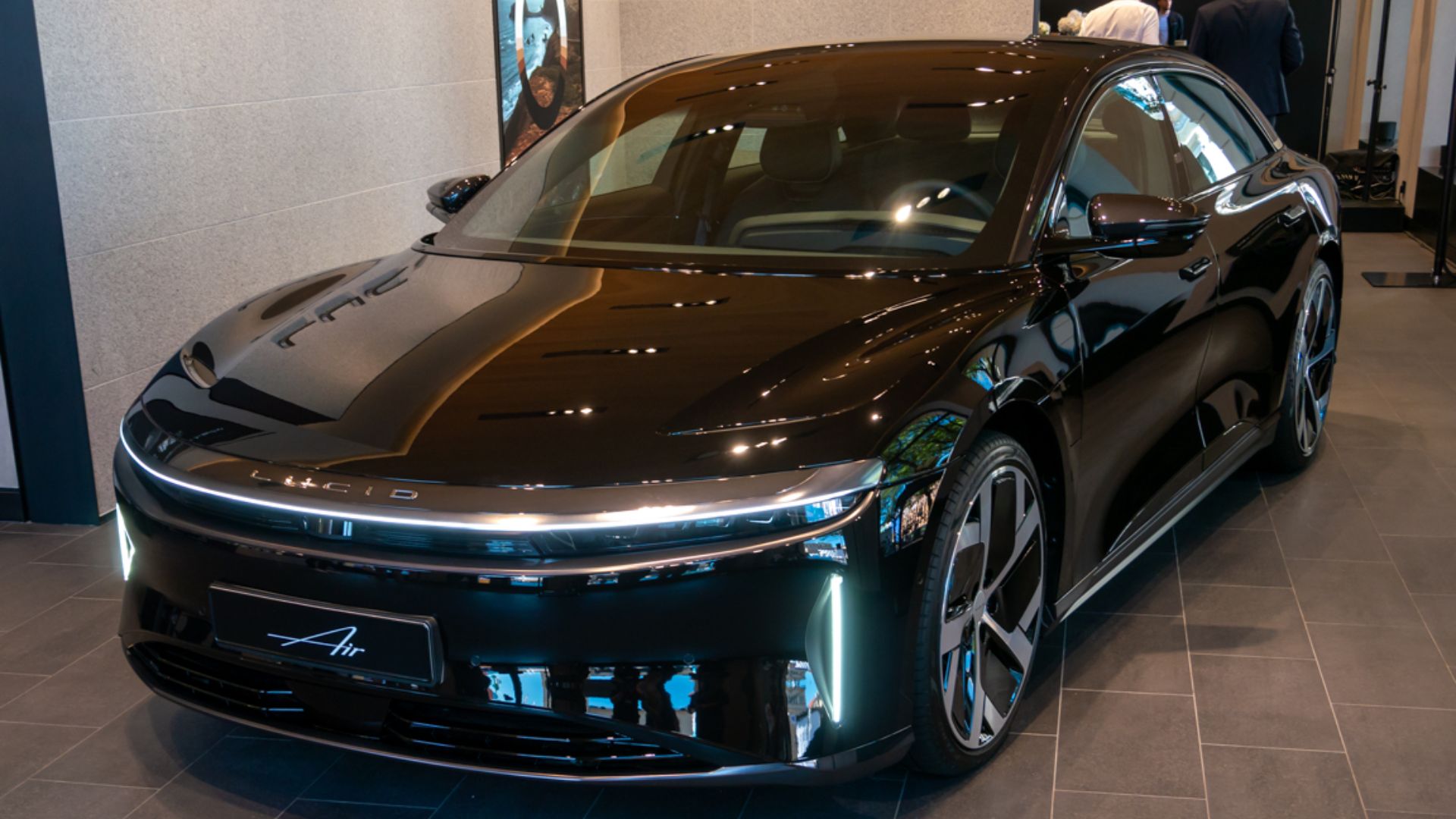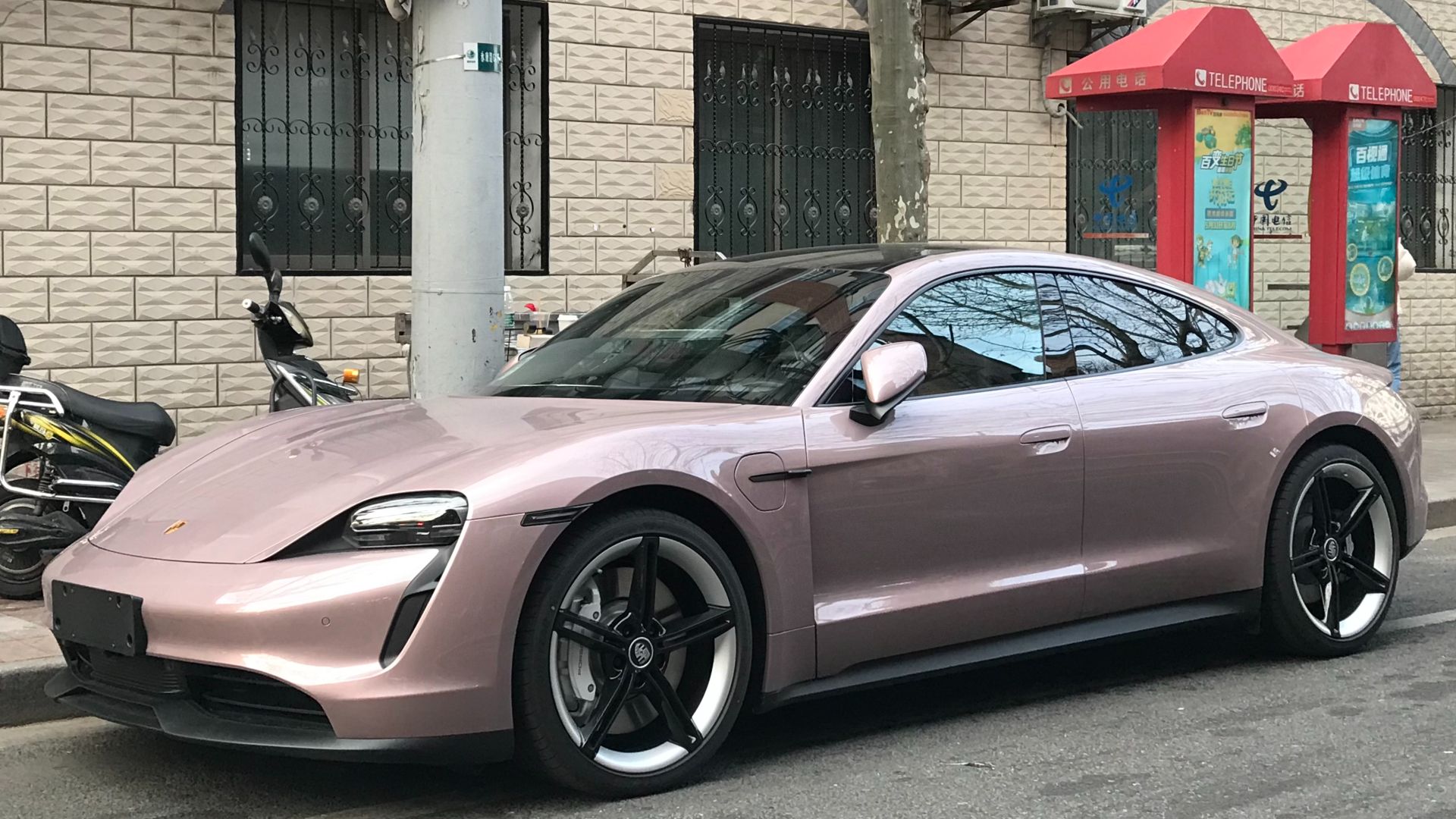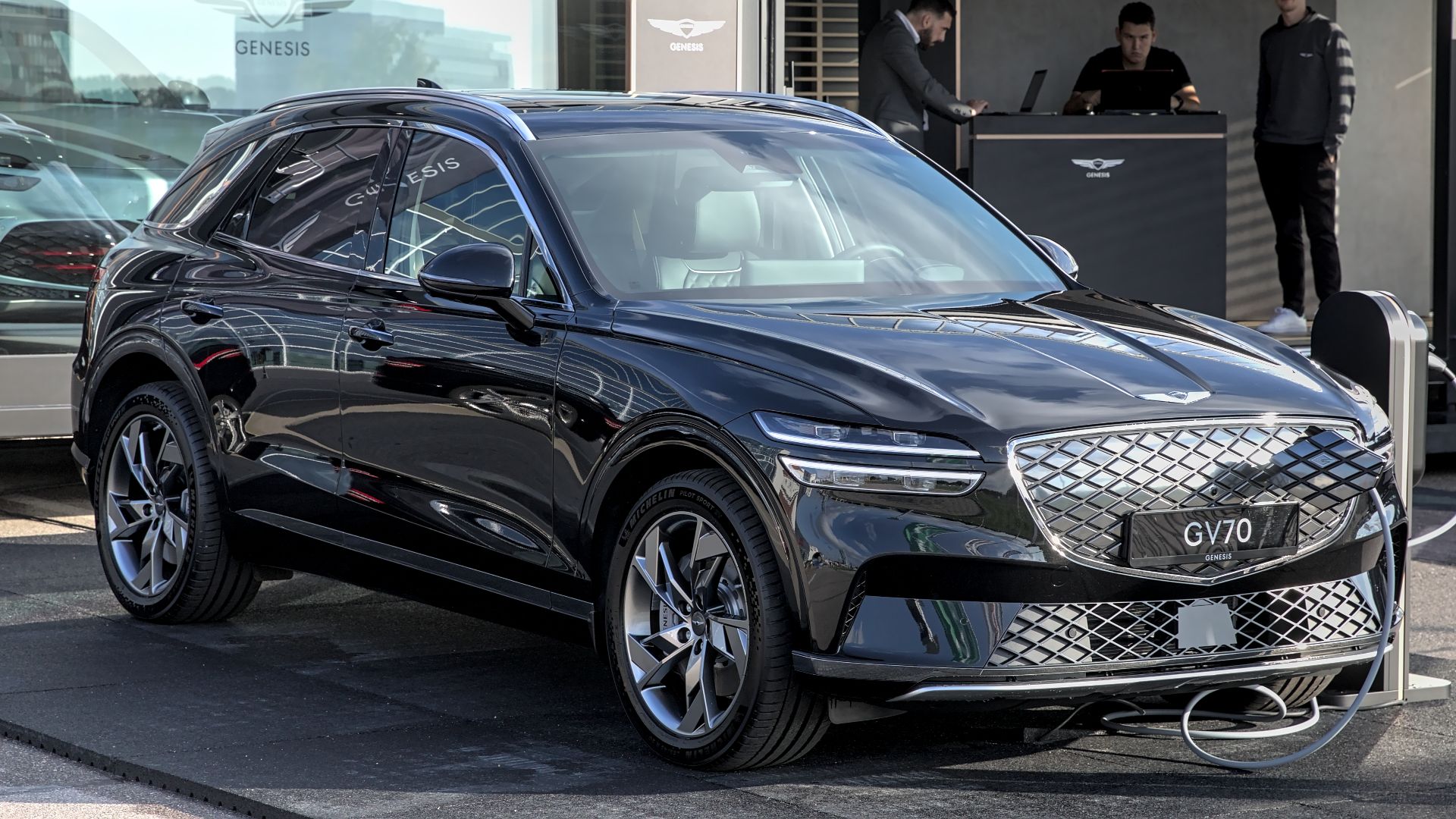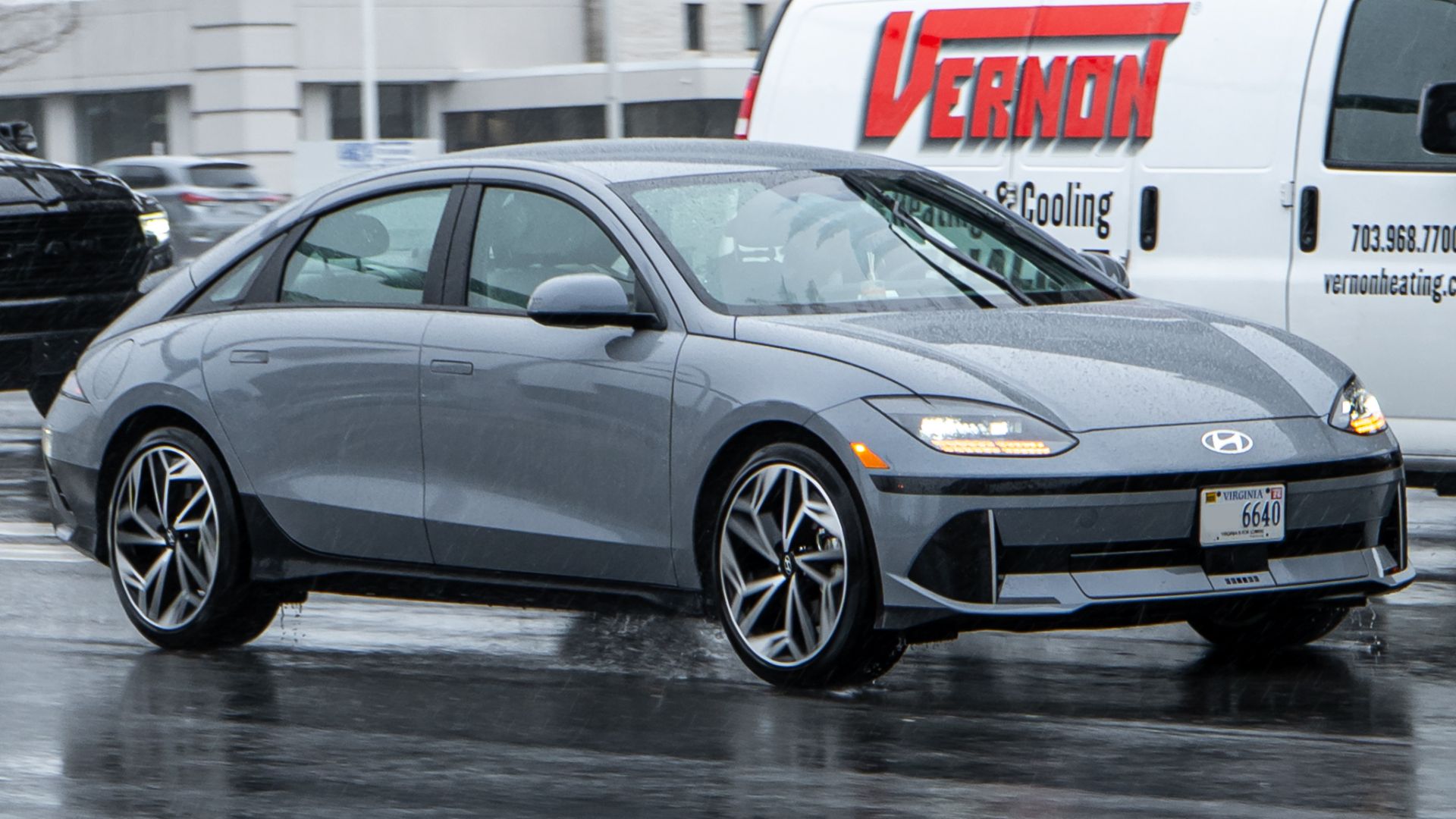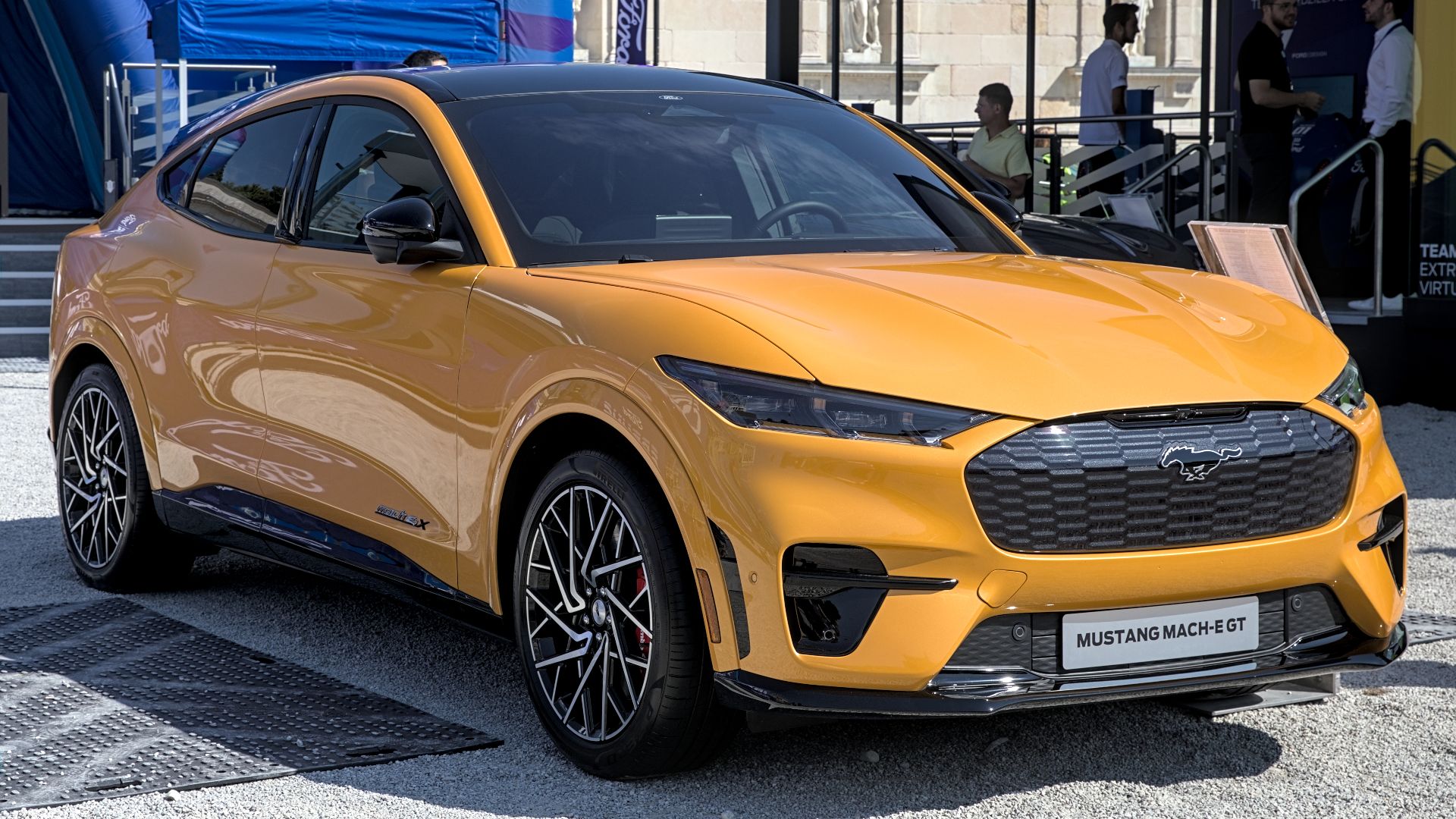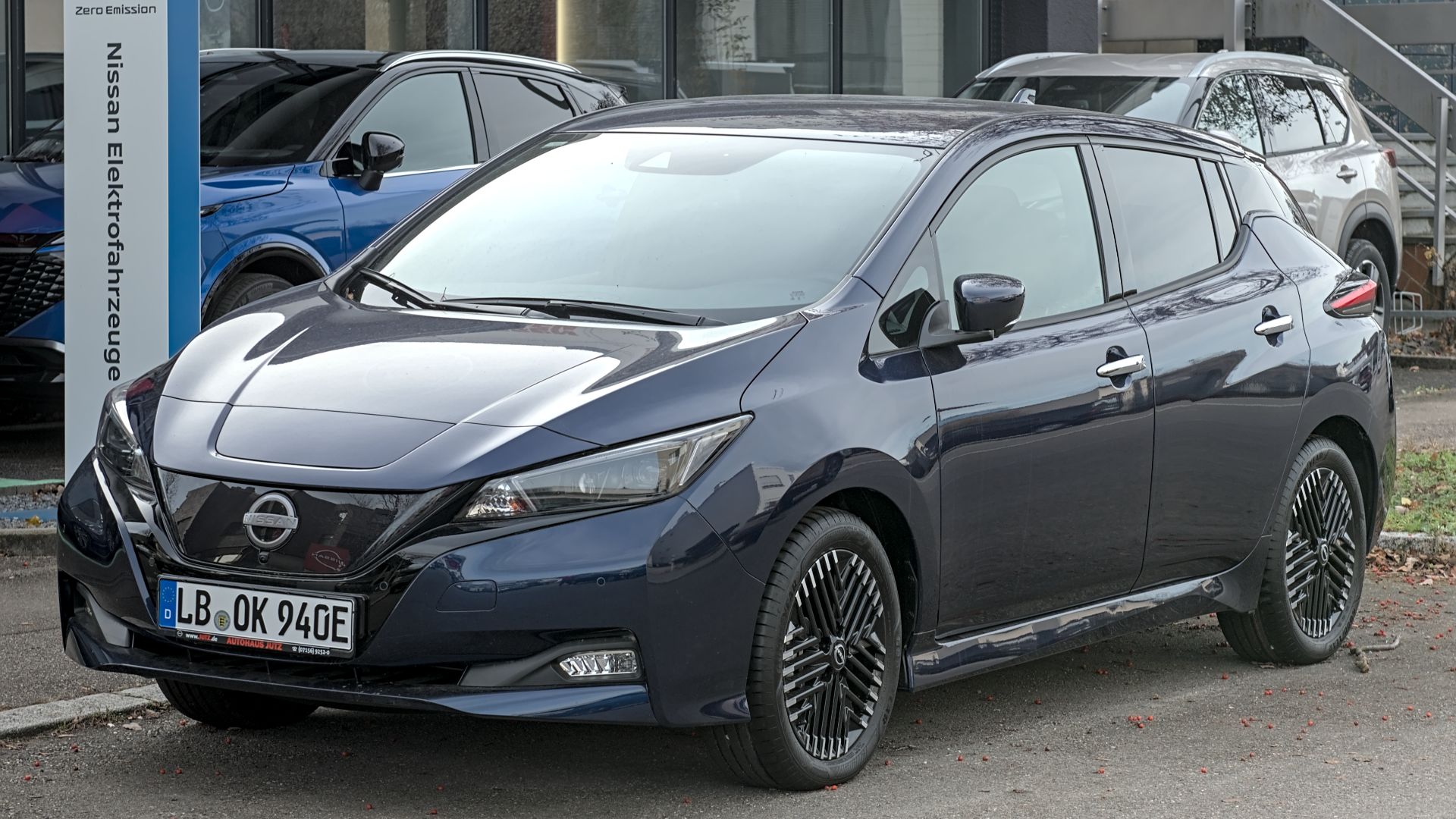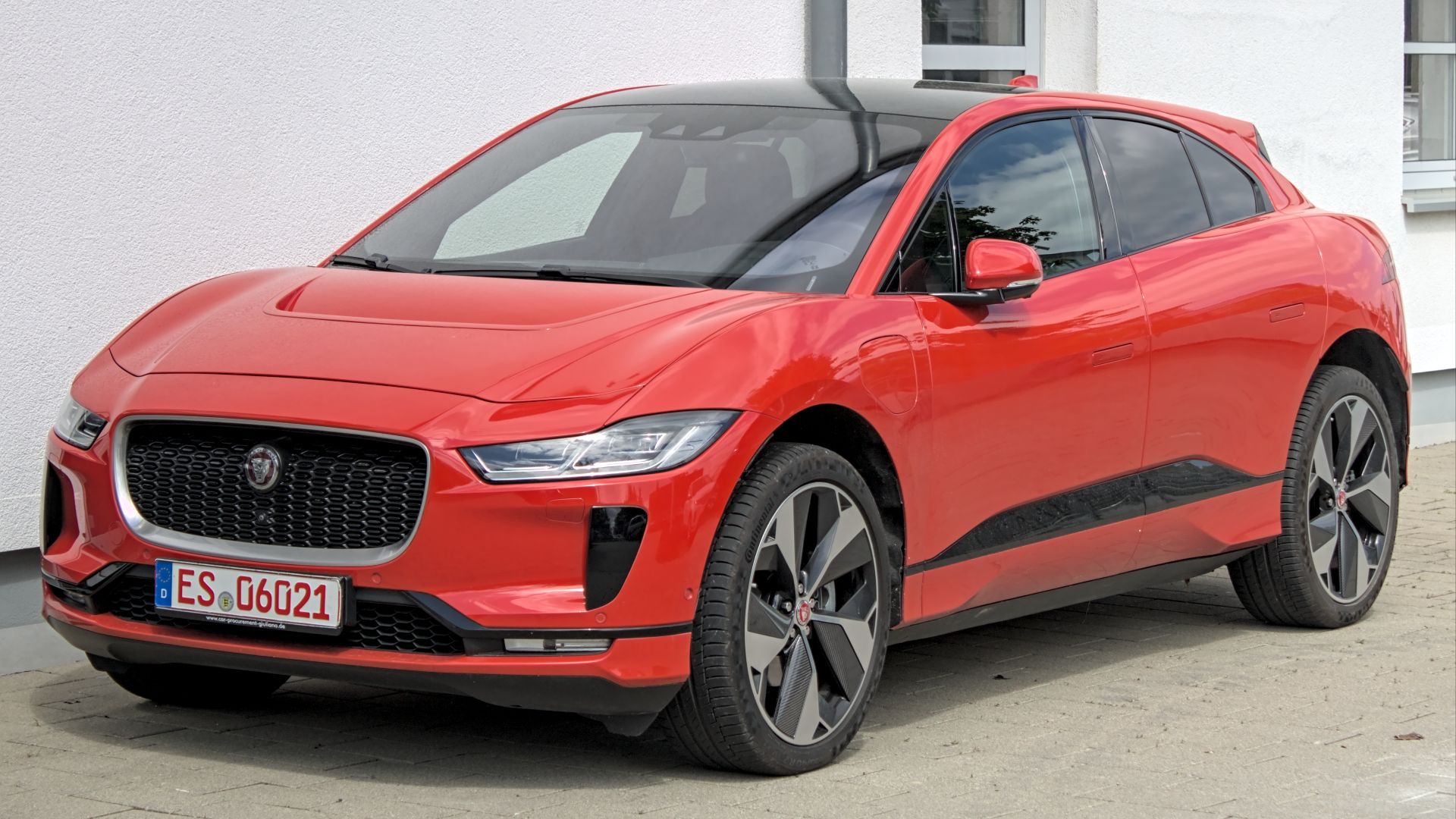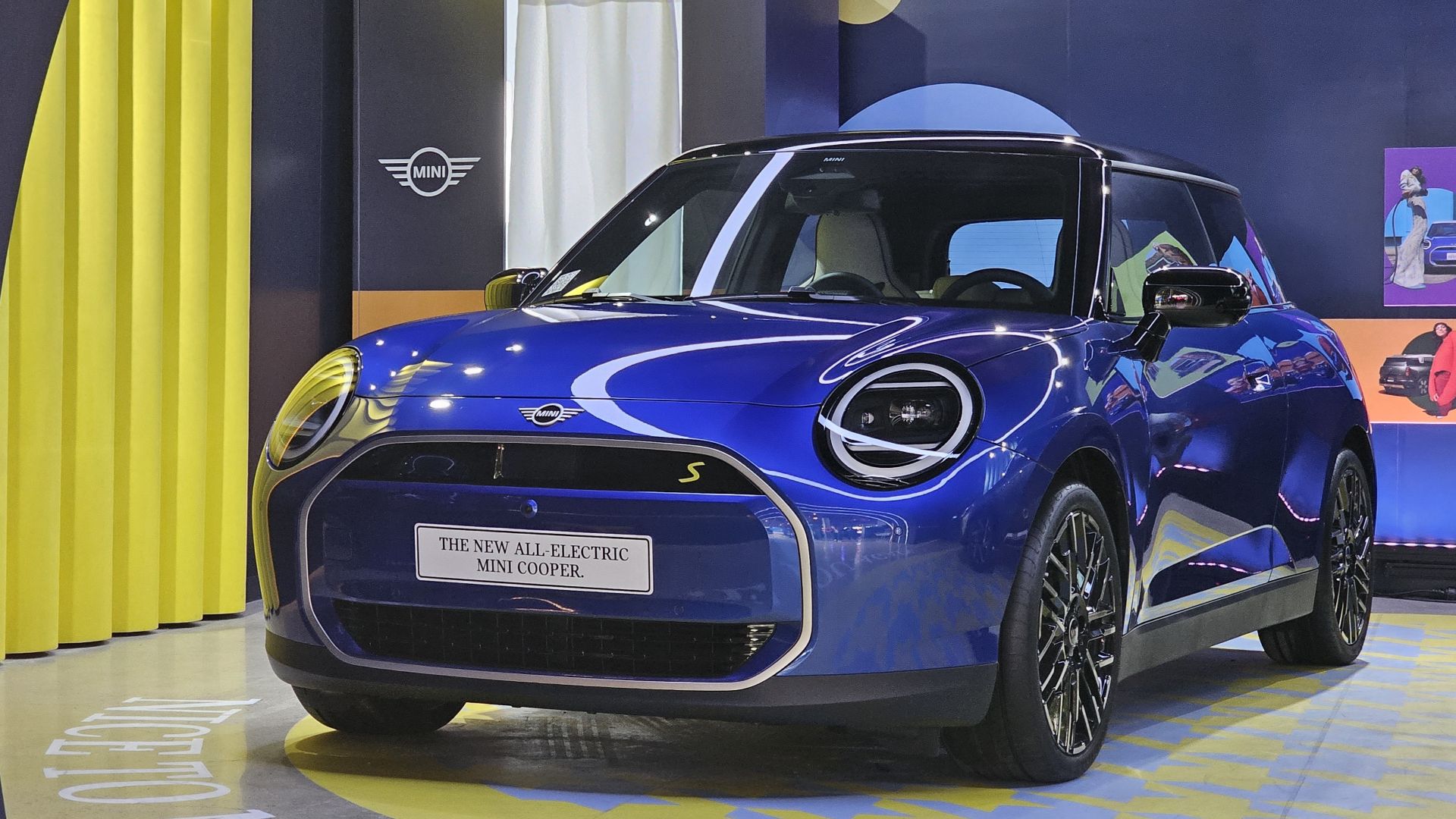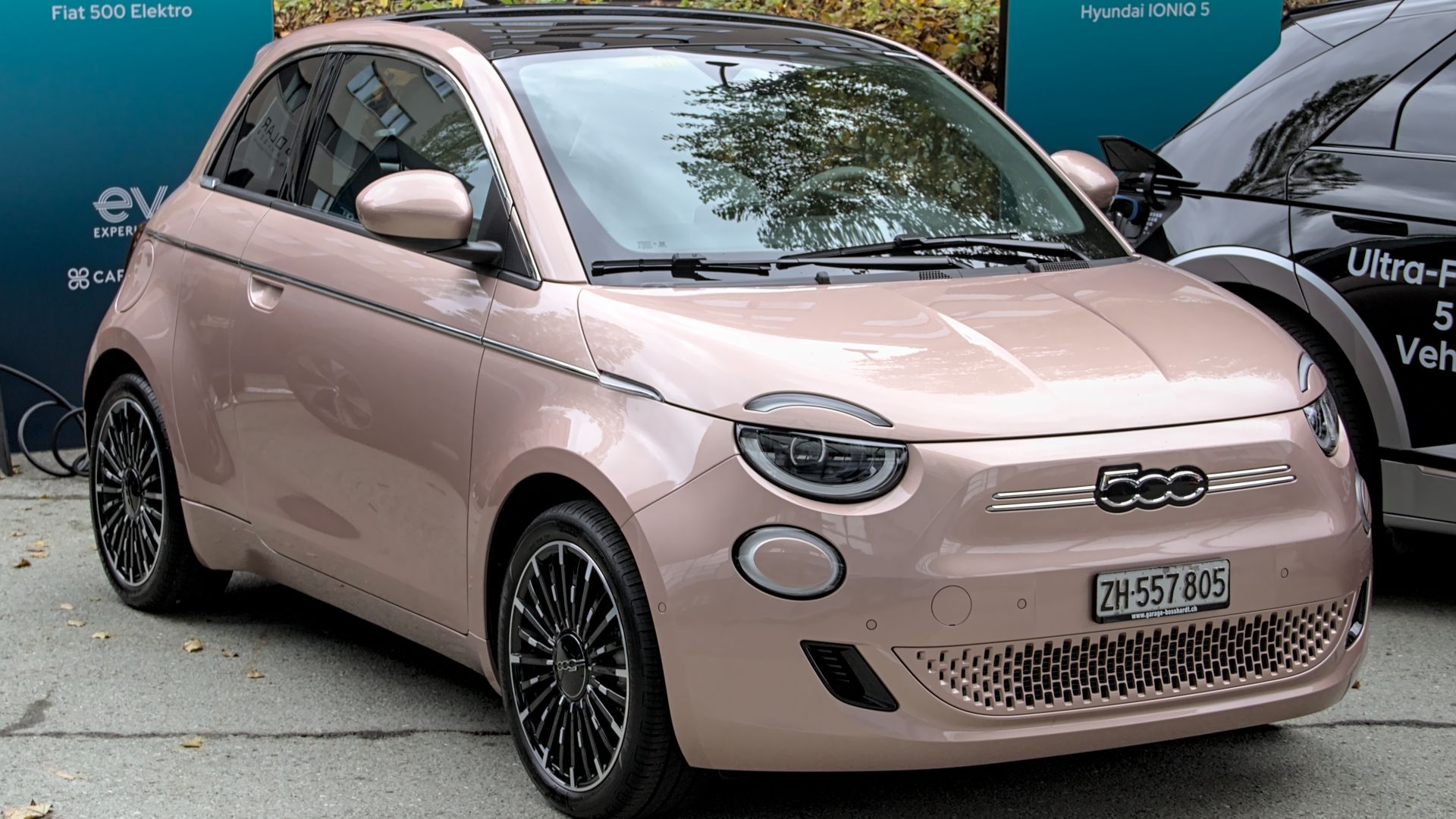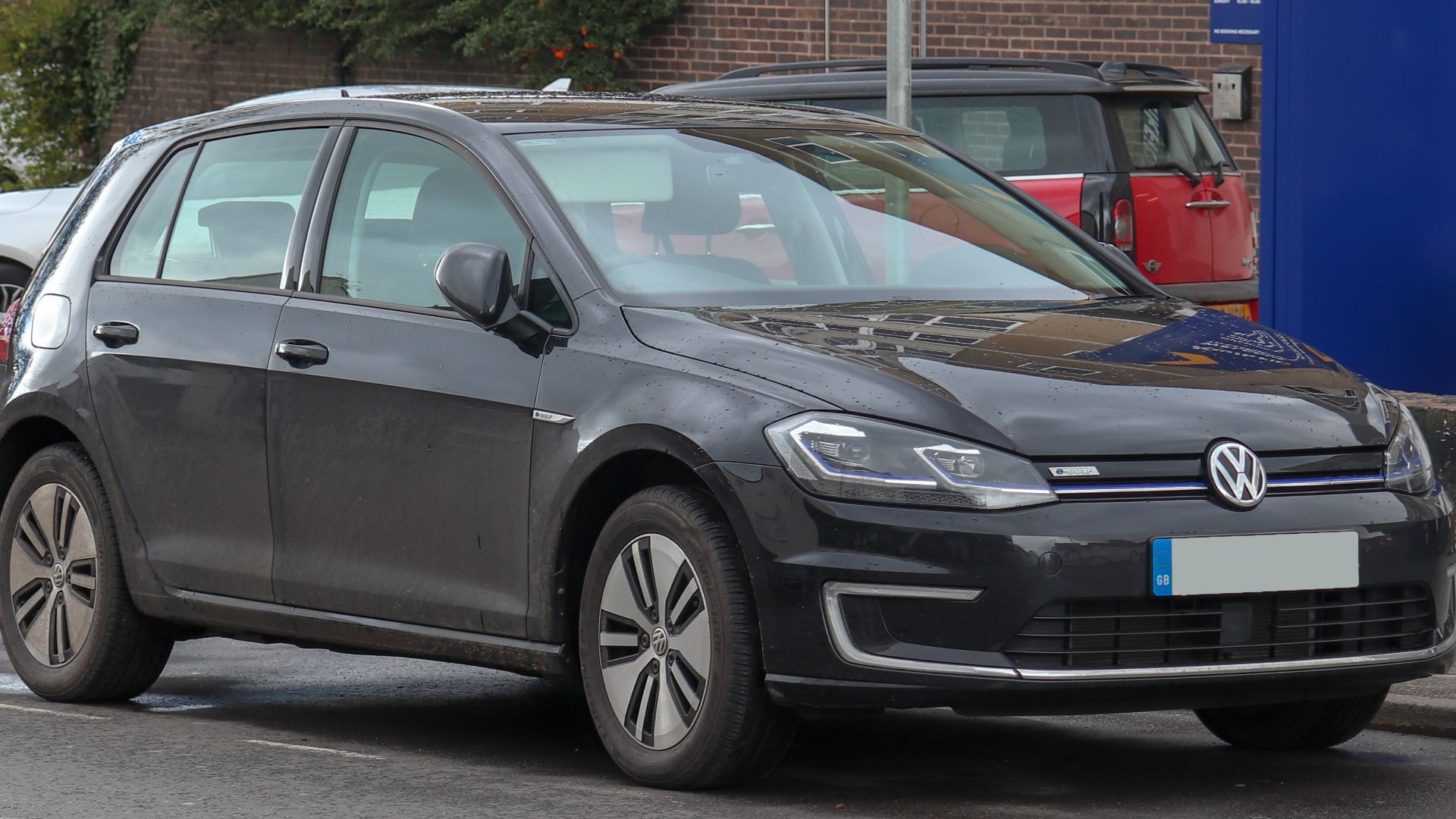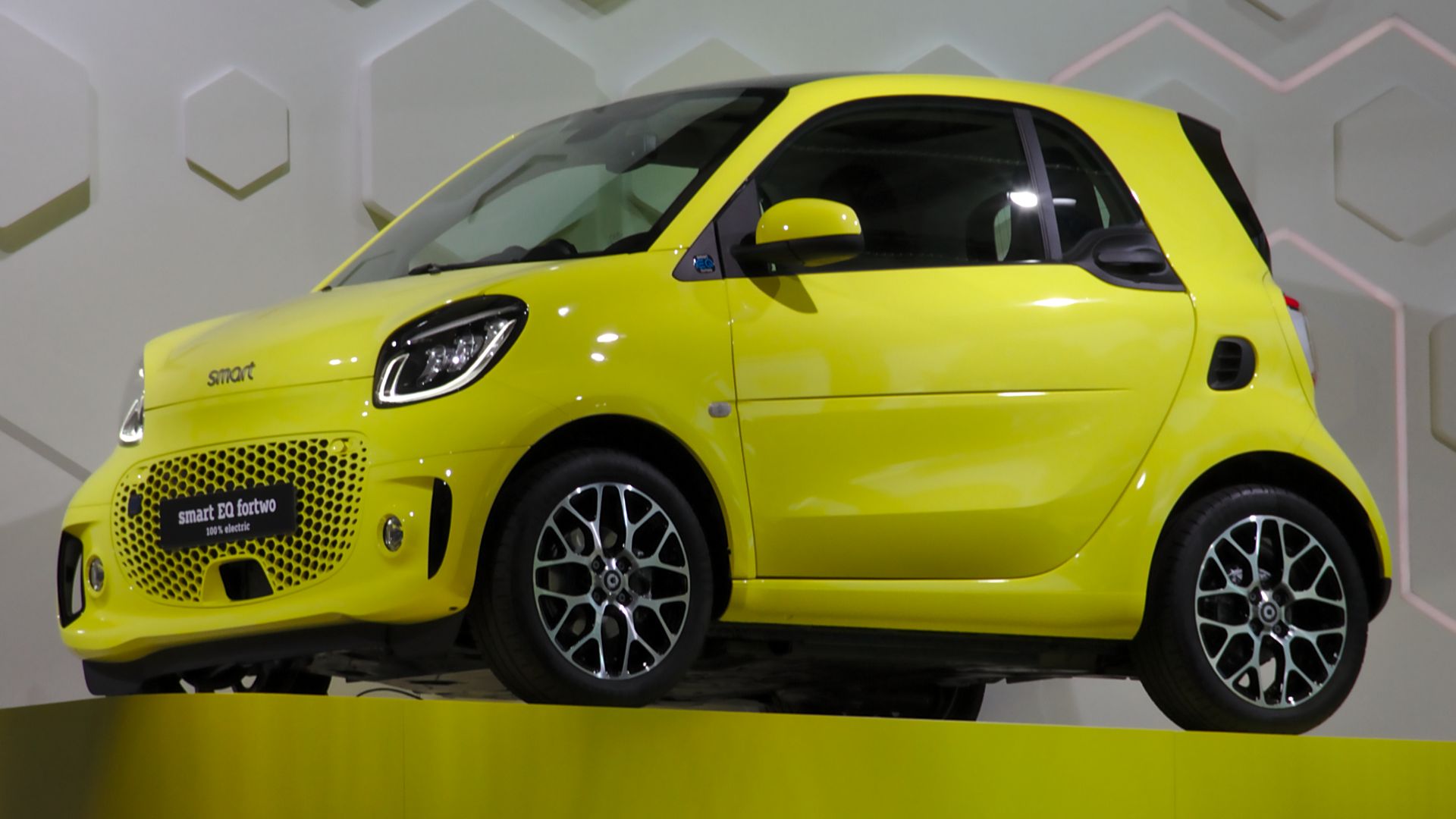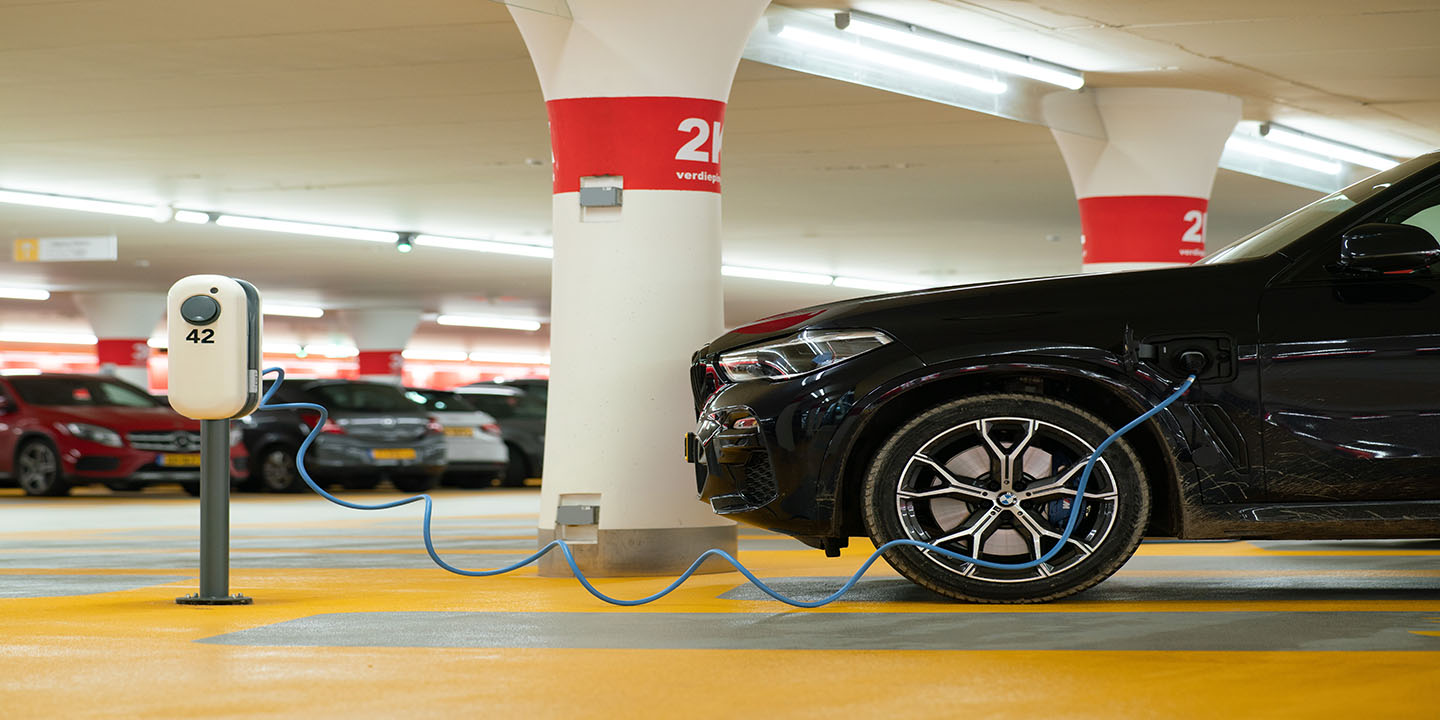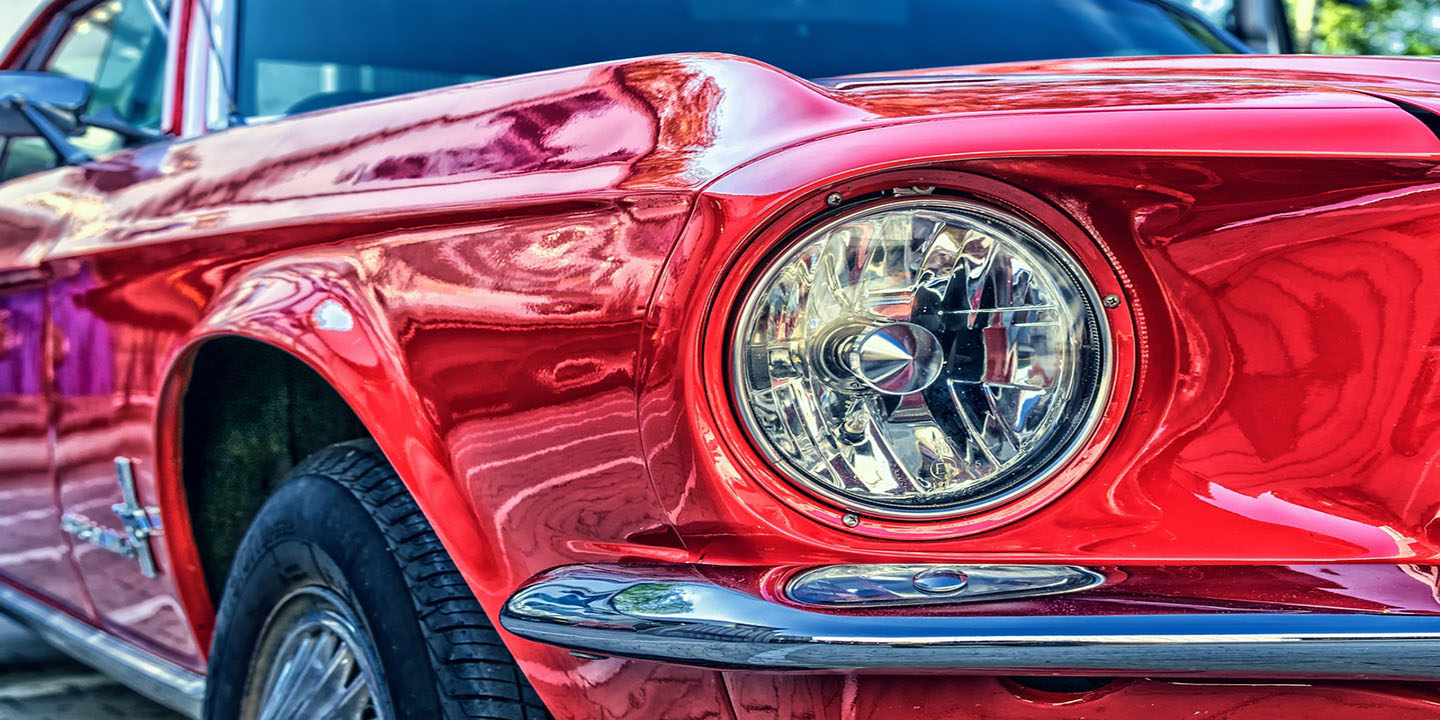Pros Vs Amateurs
Thermal management sounds boring until your expensive EV starts losing range like a leaky bucket. Smart automakers learned early that keeping battery temperatures optimal requires profound engineering expertise. Others figured they'd worry about that later. Here are 10 automobiles that got it right and 10 that didn't.
1. Tesla Model S
Picture yourself fast-charging in Death Valley's 120°F heat—Tesla's Model S keeps its battery cells perfectly cool. The liquid cooling system manages thousands of individual cells between -20°C and 60°C while handling 250 kW of supercharging rates. It achieves just 2.3% annual degradation.
2. BMW iX
When you enter a destination that requires fast charging, something magical happens behind the scenes. BMW's anticipatory thermal management automatically starts conditioning the 109.5 kWh battery during your drive. It uses three interconnected cooling circuits to optimize temperature before you even arrive.
3. Audi e-tron GT
This is where physics meets luxury. The well-known e-tron GT's 800-volt architecture cuts electrical current in half compared to 400-volt systems. Less current means dramatically less heat generation, while the heat pump cleverly repurposes waste motor heat for battery conditioning.
4. BMW i7
People wonder why the i7 charges faster than most EVs. It's all about preventing problems before they start. The intelligent heat management system doesn't just react to temperature spikes. It actually predicts thermal stress and adjusts cooling proactively to ensure optimal conditions.
5. Lucid Air Dream
It's interesting how Lucid chose ribbon connections over wires. Apparently, the reason is that during full-power acceleration, traditional wiring would generate enough heat to rob over 100 horsepower. The 900-volt, 118 kWh pack utilizes advanced cooling plates and remains remarkably cool.
6. Porsche Taycan
Racing pedigree shows in unexpected places. Porsche's thermal management borrows from motorsport. It tends to precondition cells before track sessions or fast charging. Additionally, the car’s 800-volt system enables 270 kW charging while taking care of battery health through precise temperature control.
7. Genesis Electrified GV70
Here comes a blend of luxury and engineering efficiency, all seen in Genesis's thermal strategy. The E-GMP platform's heat pump does more than just warm the cabin. It orchestrates energy flow between battery cooling and passenger comfort, maximizing efficiency without compromising either system.
8. Hyundai IONIQ 6
Many individuals believe that aerodynamics is the IONIQ 6's only efficiency trick. That’s not true. The heat pump integration recovers waste energy so effectively that the automobile maintains optimal battery temperatures while improving range. This occurs mainly in cold weather driving conditions.
9. Polestar 3
Swedish safety culture extends deep into battery management. Polestar's engineers prioritized long-term reliability over flashy specs when they created thermal algorithms that retain battery health through intelligent energy management protocols. The Polestar 3 supports DC fast charging up to 250 kW.
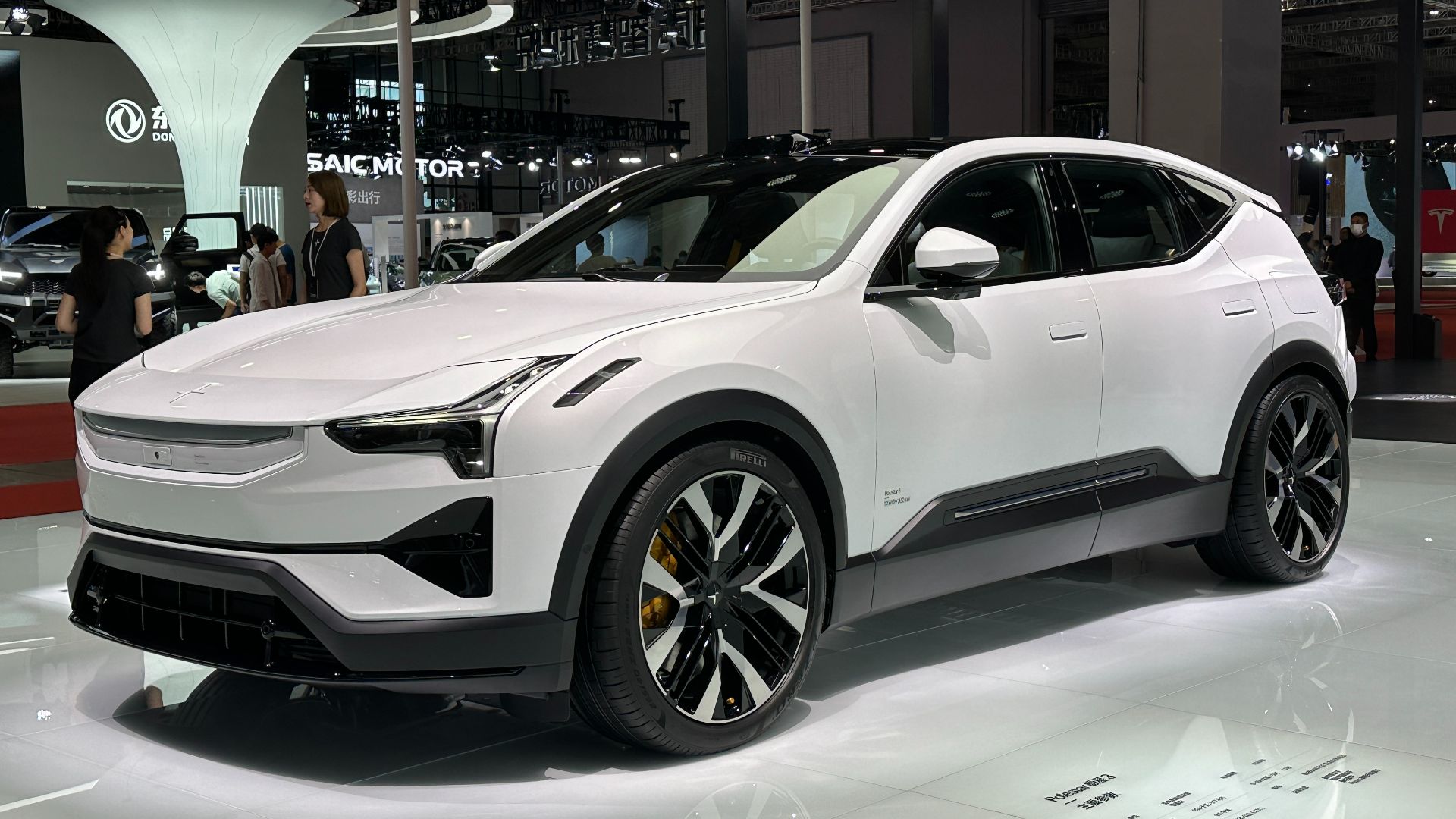 JustAnotherCarDesigner on Wikimedia
JustAnotherCarDesigner on Wikimedia
10. Ford Mustang Mach-E
American muscle goes electric with some serious thermal discipline. The Mach-E features a liquid cooling system that actively regulates battery temperature, preventing overheating and reducing cell stress. This minimizes battery degradation over time, with several drivers reporting minimal loss of capacity.
While these EVs showcase thermal management excellence, not every electric vehicle got the memo on proper battery care.
1. Nissan Leaf
Remember when Nissan promised electric freedom but delivered thermal nightmares? The Leaf's passive air cooling system became legendary for all the wrong reasons. In hot climates like Phoenix, Arizona, Leaf owners watched their battery capacity vanish—some losing 25% in just three years.
2. Jaguar I-PACE
Luxury meets complexity in the I-PACE's problematic battery management saga. While Jaguar markets sophisticated three-zone cooling, owners report overheating issues after charging in hot weather, with some measuring 150°F temperatures. The Battery Charging Control Module frequently wakes up the vehicle unnecessarily.
3. Tesla Model 3 (Early Versions)
Even Tesla stumbled with their mass-market debut. Early Model 3s suffered from poorly calibrated battery management software that confused range estimation algorithms. Drivers stated sudden range drops and inconsistent thermal conditioning. The simplified thermal architecture, designed for cost-cutting, sometimes failed to maintain optimal temperatures.
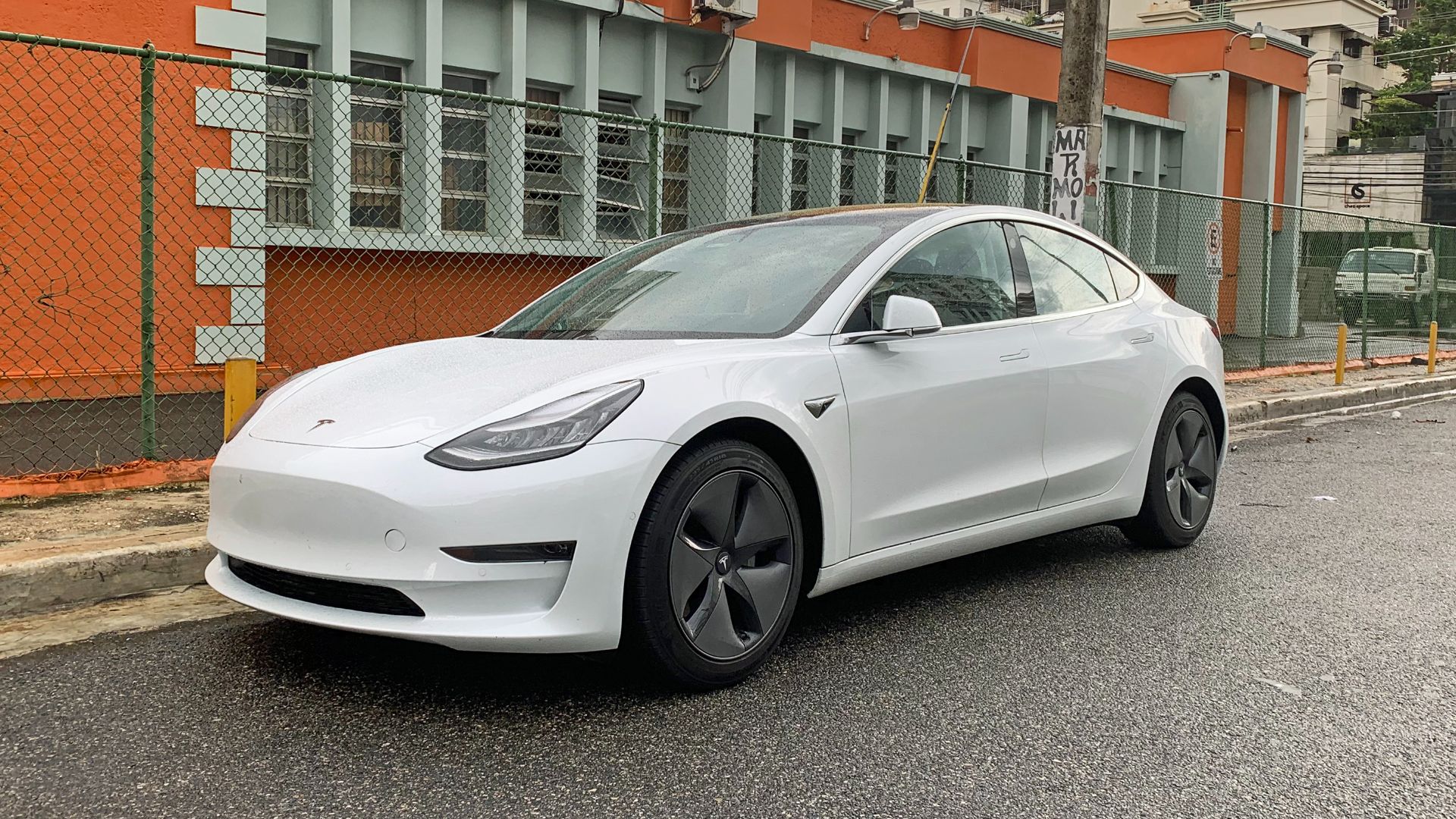 Mariordo (Mario Roberto Durán Ortiz) on Wikimedia
Mariordo (Mario Roberto Durán Ortiz) on Wikimedia
4. BMW i3
Unexpectedly, BMW's carbon fiber experiment came with compromises that haunt long-term ownership. The sophisticated-sounding thermal system masks fundamental flaws: active liquid cooling, whose balancing takes time to complete, accelerates degradation when charging to 100%, and cold weather reduces range by 30%.
 Mariordo (Mario Roberto Durán Ortiz) on Wikimedia
Mariordo (Mario Roberto Durán Ortiz) on Wikimedia
5. Chevrolet Spark EV
A couple of Spark EV drivers have experienced significant battery capacity loss over relatively short periods, with reports of up to 16% degradation in less than two years. There have also been recalls for a bug that could drastically reduce available power and range.
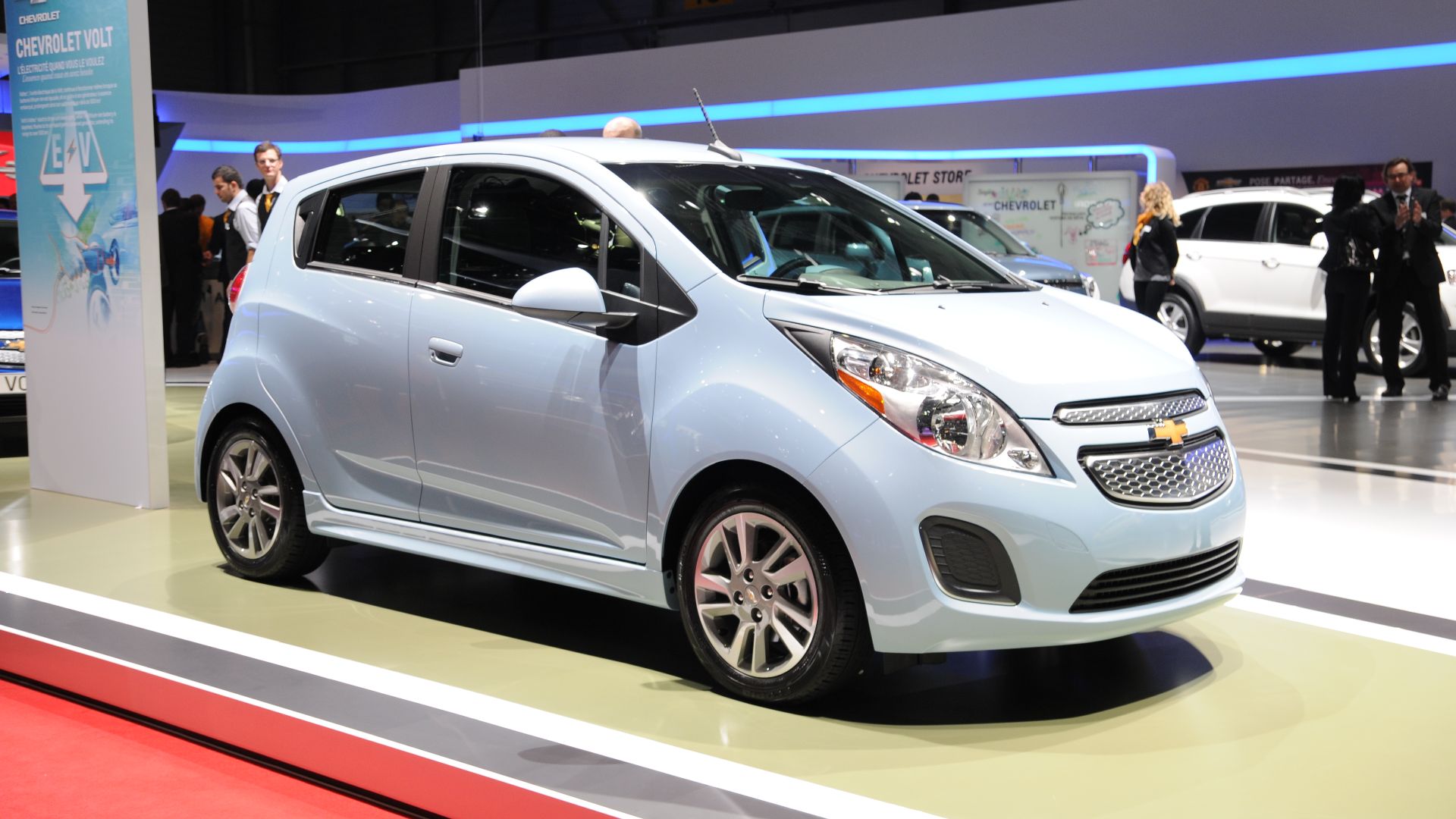 Norbert Aepli, Switzerland (User:Noebu) on Wikimedia
Norbert Aepli, Switzerland (User:Noebu) on Wikimedia
6. Mini Cooper SE
BMW's attempt at electrifying the iconic Mini resulted in a product that's as cramped as the interior space. The compact battery pack lacks premium cooling, relying on basic liquid cooling that proves inadequate during spirited driving. Heat buildup occurs quickly during rapid acceleration.
7. Fiat 500e
In this vehicle, battery conditioning is virtually nonexistent, resulting in poor charging efficiency and reduced range in extreme temperatures. Fiat's electric conversion approach shows in the 500e's rudimentary battery management. The basic thermal system uses minimal active cooling, causing performance drops in warm weather.
8. Volkswagen e-Golf
A significant recall affected 2015–2016 models due to a software bug in the BMS that made the system falsely detect electrical surges as critical battery conditions, triggering an emergency shutdown of the electric drive motor while driving. This created a crash risk.
9. Mitsubishi i-MiEV
As one of the earliest mass-market electric automobiles, the i-MiEV's primitive battery management reflects its pioneering yet flawed approach. Owners frequently encountered situations where the car will not enter a “Ready” state or allow charging due to persistent, non-clearable fault codes.
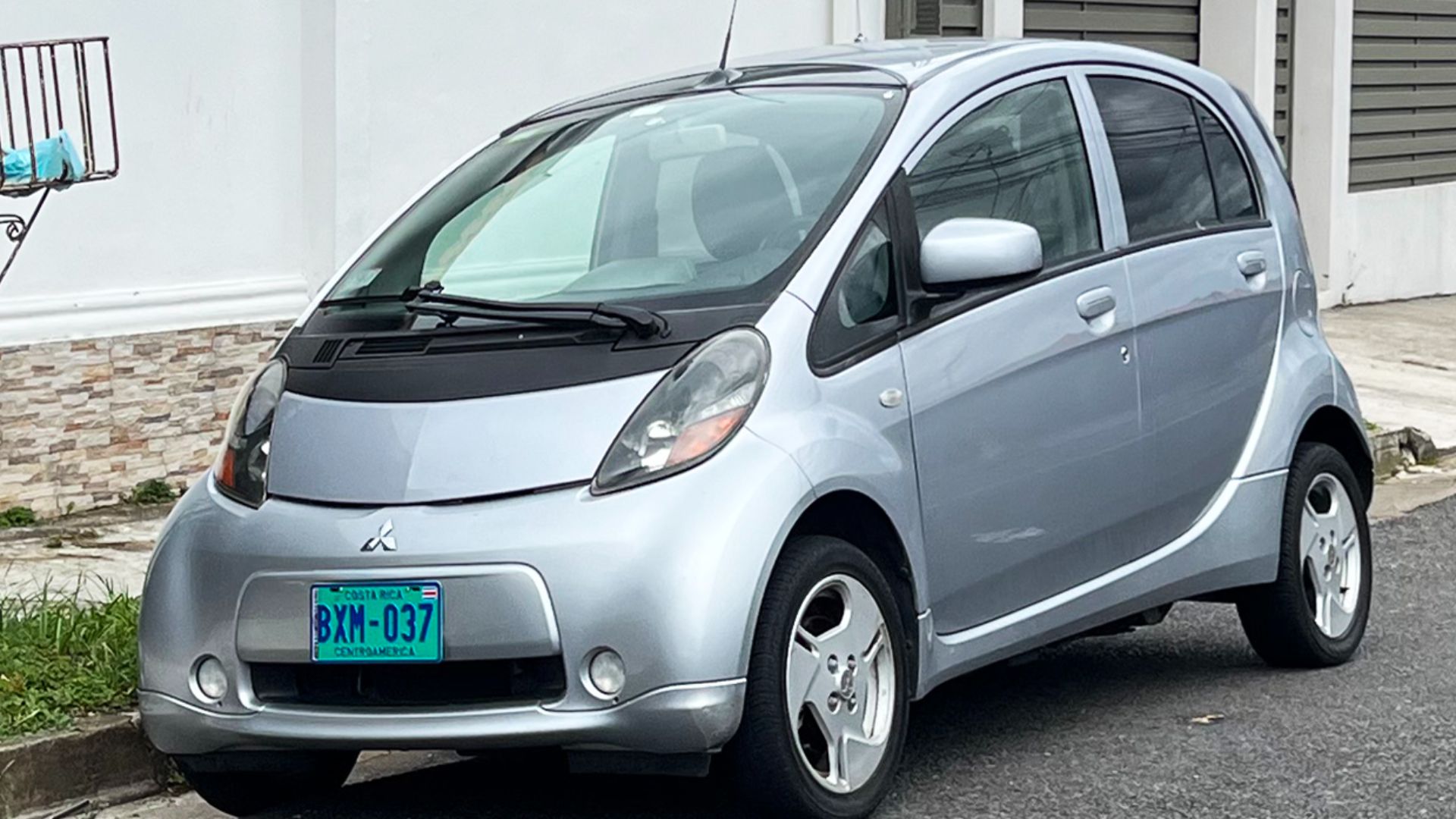 Mariordo (Mario Roberto Durán Ortiz) on Wikimedia
Mariordo (Mario Roberto Durán Ortiz) on Wikimedia
10. Smart EQfortwo
The automobile’s BMS is known to be overly sensitive, especially to insulation resistance faults. This can trigger false positives. Common faults include messages such as “charging not possible” and “battery malfunction,” leaving the car in an inoperable state until the issue is resolved.


